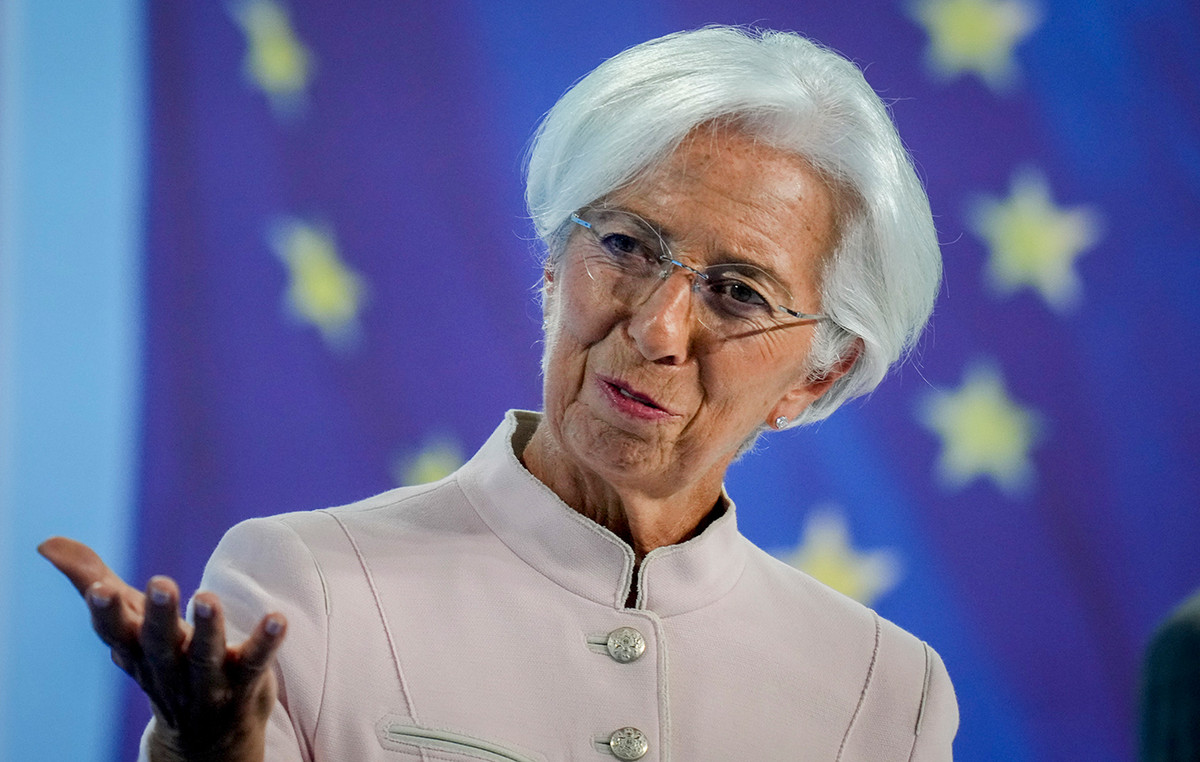- The price of Gold continues its upward trajectory and hits a new all-time high on Monday.
- Major central banks remain in rate cut mode and continue to benefit XAU/USD.
- Tensions in the Middle East and political uncertainty in the US continue to support the precious metal.
The price of Gold (XAU/USD) is building on Friday’s breakout momentum above the $2,700 mark and gaining some traction for the fifth day in a row at the start of a new week. This also marks the seventh day of a positive move in the last eight and lifts the commodity to a new all-time high, beyond the $2,730 region during the Asian session. Lingering geopolitical risks arising from ongoing conflicts in the Middle East, coupled with political uncertainty in the US ahead of the November 5 presidential election, continue to support the safe-haven precious metal.
Apart from this, the loose monetary policy environment and expected interest rate cuts by major central banks are helping to drive flows towards the non-yielding Gold price. The supporting factors, to a large extent, overshadow the prevailing risk environment and the recent rally of the US Dollar (USD) to its highest level since early August, which tends to dampen demand for the XAU/USD. That said, slightly overbought conditions on the daily chart could limit any further appreciation moves for the yellow metal amid bets for less aggressive easing by the Federal Reserve (Fed).
Daily Market Summary: Gold price pressured by rate cut expectations, geopolitical risks and political uncertainty in the US.
- A combination of supporting factors helps the price of Gold extend its recent well-established uptrend and touch a new all-time high during the Asian session on Monday.
- Tensions and conflicts in the Middle East show no signs of abating despite the assassination of Hamas leader Yahya Sinwar, as Israel prepares to respond to Iran’s attack in early October.
- Israeli Prime Minister Benjamin Netanyahu said the attack on his private residence by Iran’s Lebanese proxy Hezbollah would not deter him from continuing the war.
- The Israeli military launched a series of airstrikes across Lebanon and also stepped up attacks in Gaza, raising the risk of a large-scale regional war in the Middle East.
- Recent polls indicate a tight race between Donald Trump and Vice President Kamala Harris, adding a layer of uncertainty and benefiting the safe-haven XAU/USD.
- The European Central Bank decided last week to lower interest rates for the third time this year, marking the first consecutive cut in 13 years, and plans more cuts.
- The Federal Reserve is also expected to further reduce borrowing costs, while weak UK inflation data solidified bets on more aggressive easing by the Bank of England.
- Investors have fully priced in the possibility of another significant rate cut by the Fed in November, as incoming macroeconomic data continues to point to a resilient US economy.
- Atlanta Fed President Raphael Bostic said he is in no rush to cut rates and sees the possibility of a reduction in the policy rate to a range between 3% and 3.5% by the end of next year. .
- The 10-year US government bond yield remains above 4% and acts as a tailwind for the USD, although it does little to hinder the positive movement of the commodity.
- Investors continue to celebrate the launch of two financing schemes on Friday by the People’s Bank of China aimed at supporting the development of capital markets.
Technical Outlook: Gold price needs to consolidate amid slightly overbought RSI on daily chart, bullish bias remains
From a technical perspective, last week’s sustained strength and close above the $2,700 mark could be seen as a new trigger for bullish traders. That said, the Relative Strength Index (RSI) on the daily chart has surpassed the 70 mark, showing slightly overbought conditions. This, in turn, makes it prudent to wait for a short-term consolidation or modest pullback before positioning for an extension of the recent well-established uptrend.
Meanwhile, the round figure of $2,700 now seems to protect the immediate downside, below which the Gold price could accelerate the correction towards the $2,662-$2,660 zone. The next relevant support is near the $2,647-$2,646 area. A convincing break below the latter could trigger some technical selling and expose the $2,600 mark with some intermediate support near the $2,630 region.
Gold FAQs
Gold has played a fundamental role in human history, as it has been widely used as a store of value and medium of exchange. Today, apart from its brilliance and use for jewelry, the precious metal is considered a safe-haven asset, meaning it is considered a good investment in turbulent times. Gold is also considered a hedge against inflation and currency depreciation, since it does not depend on any specific issuer or government.
Central banks are the largest holders of Gold. In their aim to support their currencies in turbulent times, central banks tend to diversify their reserves and purchase Gold to improve the perception of strength of the economy and currency. High Gold reserves can be a source of confidence for the solvency of a country. Central banks added 1,136 tons of gold worth about $70 billion to their reserves in 2022, according to data from the World Gold Council. This is the largest annual purchase since records exist. Central banks in emerging economies such as China, India and Türkiye are rapidly increasing their gold reserves.
Gold has an inverse correlation with the US Dollar and US Treasuries, which are the main reserve and safe haven assets. When the Dollar depreciates, the price of Gold tends to rise, allowing investors and central banks to diversify their assets in turbulent times. Gold is also inversely correlated with risk assets. A rally in the stock market tends to weaken the price of Gold, while sell-offs in riskier markets tend to favor the precious metal.
The price of Gold can move due to a wide range of factors. Geopolitical instability or fear of a deep recession can cause the price of Gold to rise rapidly due to its status as a safe haven asset. As a non-yielding asset, the price of Gold tends to rise when interest rates fall, while rising money prices tend to weigh down the yellow metal. Still, most of the moves depend on how the US Dollar (USD) performs, as the asset is traded in dollars (XAU/USD). A strong Dollar tends to keep the price of Gold in check, while a weaker Dollar is likely to push up Gold prices.
Source: Fx Street
I am Joshua Winder, a senior-level journalist and editor at World Stock Market. I specialize in covering news related to the stock market and economic trends. With more than 8 years of experience in this field, I have become an expert in financial reporting.







